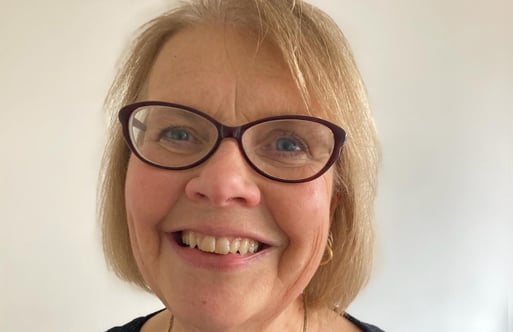What is digital literacy?
Some define digital literacy by the practical software skills children need to learn. Others focus on ‘soft skills’ such as how to stay safe online. True digital literacy incorporates both, blending practical knowledge with critical thinking, to help children access, understand and create digital content.
Offline literacy involves reading, writing, grammar and syntax. Meanwhile, digital literacy includes various tools, devices, apps, pictures, moving images and sound. Children must learn how this ‘digital syntax’ can be manipulated and structured to create meaning, and approach what they see with a critical eye.
This describes the concept, but what skills are required? First, children must learn to effectively navigate the internet; understanding the nuances of search, discerning good content from bad, and comprehending the importance of e-safety.
They also need practical skills, such as typing, common word processing, effective presentation abilities and an understanding of digital note taking and mind mapping tools.
Knowledge of digital photography and filmmaking are also essential.
Hurdles to digital literacy
A term often used to describe children born after the millennium is ‘digital native’. It implies children understand and can harness digital tools better that ‘non-natives’. But their ability to quickly swipe, open browsers, play games and consume pre-existing content should not be mistaken for digital literacy.
Similarly, while many primary school teachers are comfortable using social tools like Facebook or Instagram, this does not automatically make them any more digitally literate than the children they are teaching.
To tackle this, effective CPD is required. School leaders must be absolutely serious about embedding technology across the curriculum - not just in IT. This means developing strategies, implementing digital tools and fostering a cultural change.
How to pave the way to secondary school
Small things make the biggest difference. There are practical tasks teachers can undertake. Make a film in your literacy class. Use audio to record a maths lesson. Create a blog to show the outside world what you’re teaching. Produce a simple animation.
If you have a school play or day trip, encourage pupils to document it. For the more advanced, mix some coding in there - perhaps design a simple website using basic HTML.
Given the scaffolding and responsibility to complete these tasks, pupils will be engaged to learn. These tasks require planning and thought, which hones critical skills. And crucially, they are creative!
As with traditional literacy, digital skills should help children to consume, comprehend and create content. This is key, and has clear benefits - not least that the future jobs for many of today’s children lie in content creation.
Digital literacy in this context is still new territory for many, but as a teacher and advisor, I continue to push this holistic view. If we fail to give digital skills the same weight as traditional literacy, we are doing our children a disservice.
But by mastering these skills early, children have a powerful foundation to build upon in secondary school and beyond.
Jason Budge is a Master Teacher in Computing and Regional Coordinator for Computing at School. He has enjoyed working to develop teacher’s and Master teacher’s pedagogical skills and subject knowledge in both the primary and secondary sectors across southwest England.

















